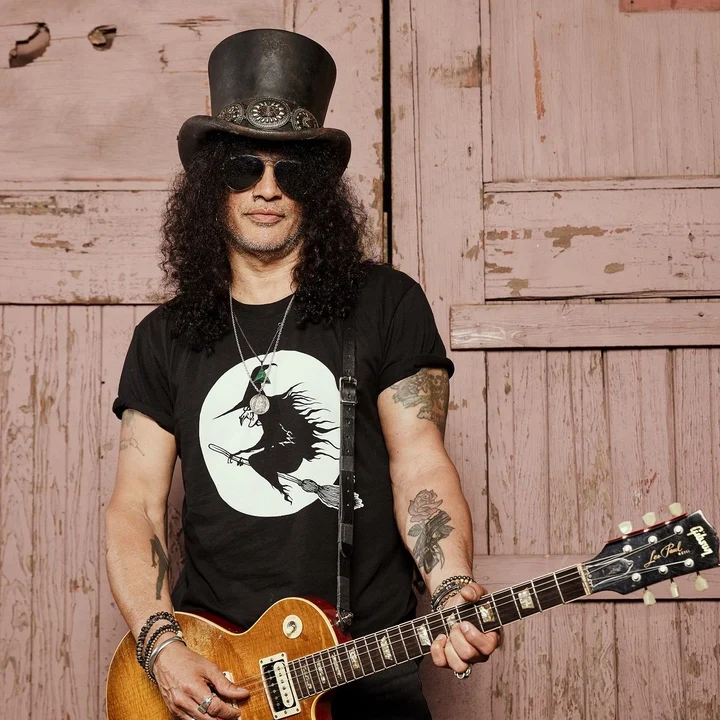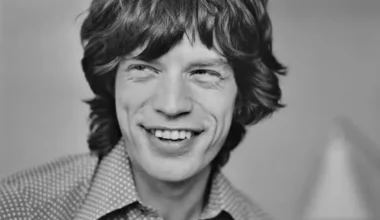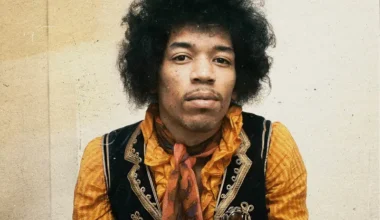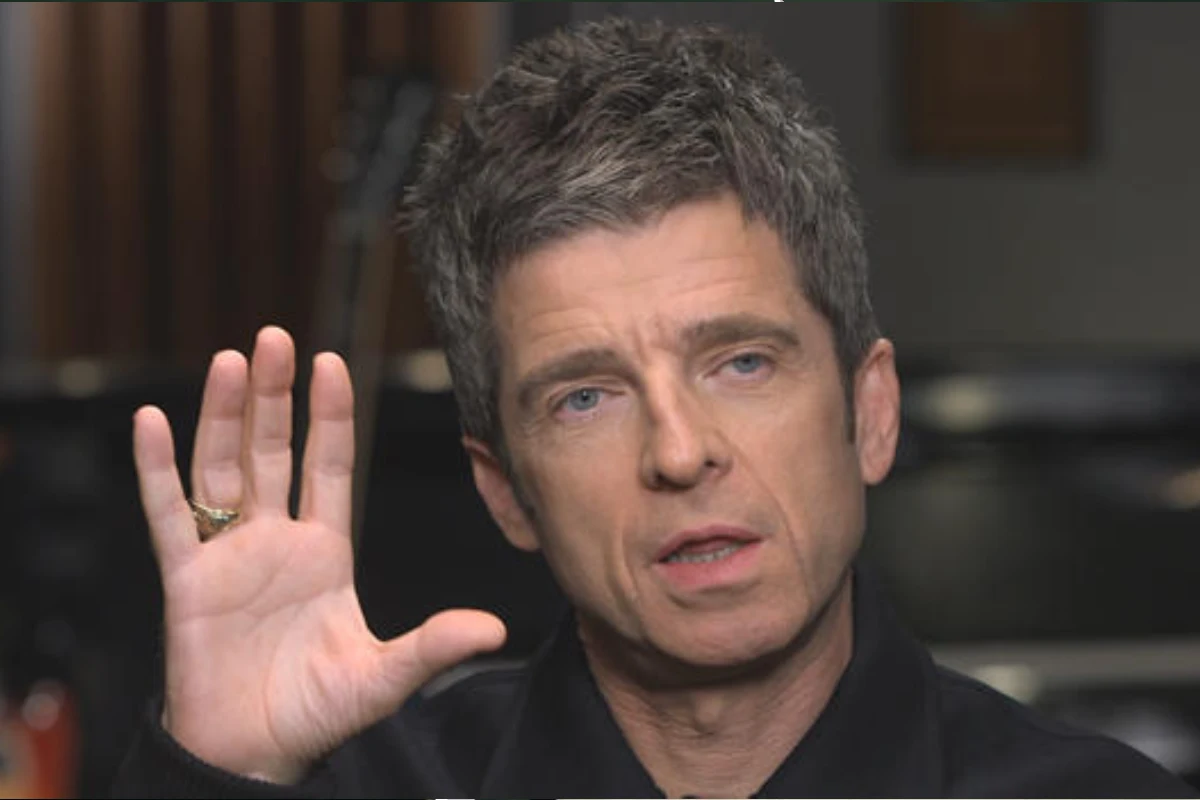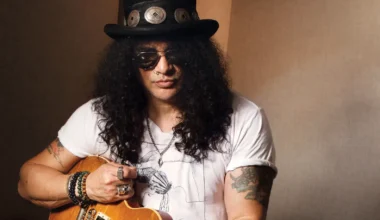There is a whole generation of guitar heroes who have been thankful for what Slash has done with Guns N’ Roses. Although the hair metal scene had been going strong for years following bands like Van Halen. Slash brought a certain sharpness back into rock and roll. It followed the lead of monumental guitar heroes like Eric Clapton and Jimmy Page. While there was a certain soulful touch in his delivery. One of his main driving factors came from one of the hidden gems of rock history.
When he first started listening to music, Slash was more familiar with some of California’s most energetic pop music. During his youth, he spent his time between England and California. His mother, Ola Hudson, earned fame as a clothing designer who fashioned iconic outfits for artists such as James Taylor and Joni Mitchell.
Although Slash happily listened to any music available in the house, things began to change when he discovered artists like Aerosmith. When he bought the album “Rocks” for the first time, Slash understood that he had to become a guitar player. He was captivated by the sound of a rough Les Paul guitar rumbling through an amplifier.
While every band wanted to excel in guitar riffs similar to those in “Black Dog,” the origin of hard rock guitar riffs was reliably linked to The Rolling Stones. Since the 1960s, Keith Richards has produced some of the most outstanding riffs ever known. He crafted subtle music passages that included the raw. And immediate core of rock and roll, as represented in songs like “Satisfaction” and “Jumpin’ Jack Flash.”
While Richards portrayed the band’s guitar sound, it was Brian Jones who authentically forged a bond within the group. However, as the 1960s approached its end, Jones gradually found himself in conflict with the rest of the band. He was quickly replaced by Mick Taylor at the decade’s end. This change led the band to embark on an exceptional series of album releases that would have been unimaginable for any other artist.
In projects such as Sticky Fingers and Exile on Main St, Taylor contributes gentle melodic decorations to enhance each iconic riff that Richards is creating. Despite Richards’ profound impact on countless guitarists. Slash considered that he derived greater inspiration from Taylor’s method of playing lead guitar work.
When discussing the guitarists who molded him, Slash believed that Taylor played a significant role in forming his musical persona. He conveyed to Louder, “Mick Taylor of The Rolling Stones had the most profound impact on me, even though I wasn’t consciously aware of it. As I grew older and immersed in playing the guitar, I consistently found myself drawn to his unique style. People often mention well known like Jimmy Page, Jeff Beck, and Angus Young – all of the well-known ones . There were also individuals like Mick Taylor and Joe Walsh who held equal importance. Mick Taylor had this exceptionally cool, emotional, and full-toned characteristic that I found to be highly effective.”
In comparison to the entirety of The Stones’ catalog, Mick Taylor’s gentle approach to lead guitar provided a glimpse into what Slash would achieve in later years. Instead of using every solo to grandstand, Taylor’s tone suited each track he played. It incorporates tasteful bends and favors familiar tones between the chords. This approach resulted in the creation of melodious lead breaks in every song.
While exploring Guns N’ Roses’ extensive music library, it becomes clearly visible that Slash continuously applies the same technique. He, for example, produced songs like ‘November Rain’ with the unique rounded tone that Taylor had introduced years earlier. Although Slash has nurtured a unique sound, his guitar playing, marked by melodic sensibilities, continues the legacy started by Taylor.

